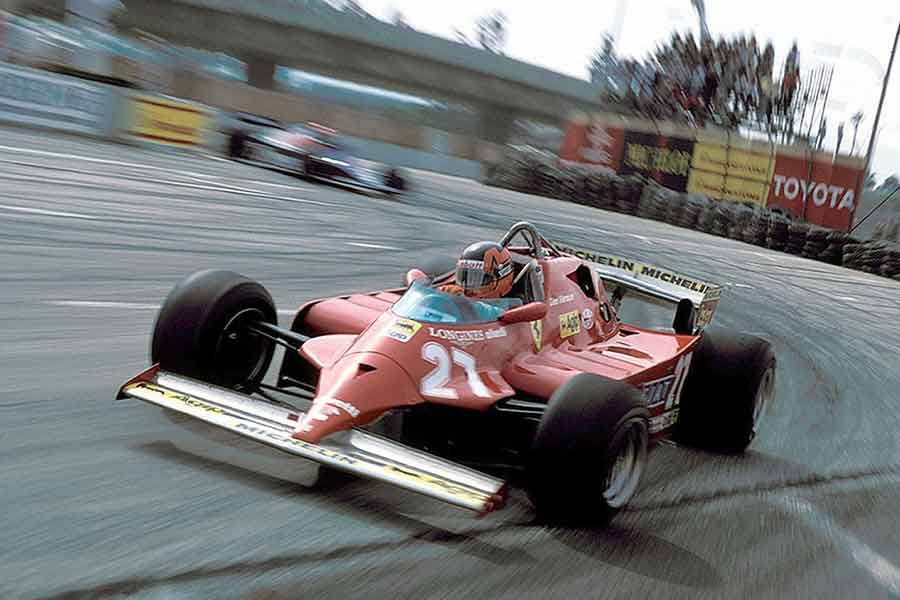The Story of Ferrari 126C Series
The Ferrari 126C was the car used by the Italian team in four Formula 1 World Championships and that car won two Constructors’ championship titles.
Ferrari had to adapt to circumstances
After a disastrous season in 1980, Ferrari desperately needed a huge reconstruction for the following year. The Maranello-based team needed something new. Actually, Ferrari just needed to look around and see what other teams did.
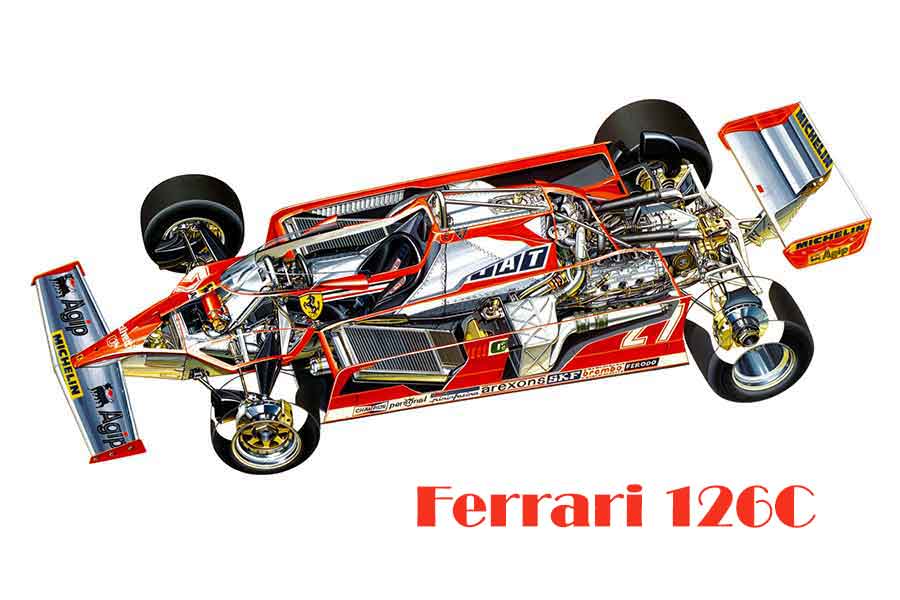
Ferrari 126C cutaway
The solution was to keep almost the same chassis from the 312T model but with a smaller and narrower V6 turbo engine to get more ground force. The new car was named 126C. The name comes from its longitudinal 120 degrees V6 rear-mounted engine, while the C stands for Competizione. It is the first Formula 1 car by Ferrari to mount a turbo engine. Over the years, this car underwent some changes and until 1984 a total of five chassis were used.
Start marked by ups and downs
The car was tested during 1980 and driver Gilles Villeneuve was satisfied with the speed but he said it was pretty hard to handle. However, the beginning of the 1981 season wasn’t good at all. Villeneuve and Didier Pironi retired from the opening three races. Pironi scored first points for the team in the Ferrari 126CK finishing 5th at Imola, while Villeneuve was 4th in the following race at Spa.

Gilles Villeneuve in Ferrari 126C, 1981
Despite the poor aerodynamics and unreliability of the engine, Villeneuve scored two consecutive wins in Monaco and Spain but the rest of the season was poor. Pironi managed to pick points only twice more, while the Canadian did it only once, finishing 3rd in his home Grand Prix. At the end of the season, Ferrari was 5th in the Constructors’ championship which was better in comparison to the previous campaign but still far from the team’s ambitions.
The results have arrived after complete overhaul
Huge development was done under control of Harvey Postlethwaite before the beginning of the 1982 season. The new chassis named 126C2 was much better than the old one, turbo engine was developed and more reliable, while the handling was much easier.
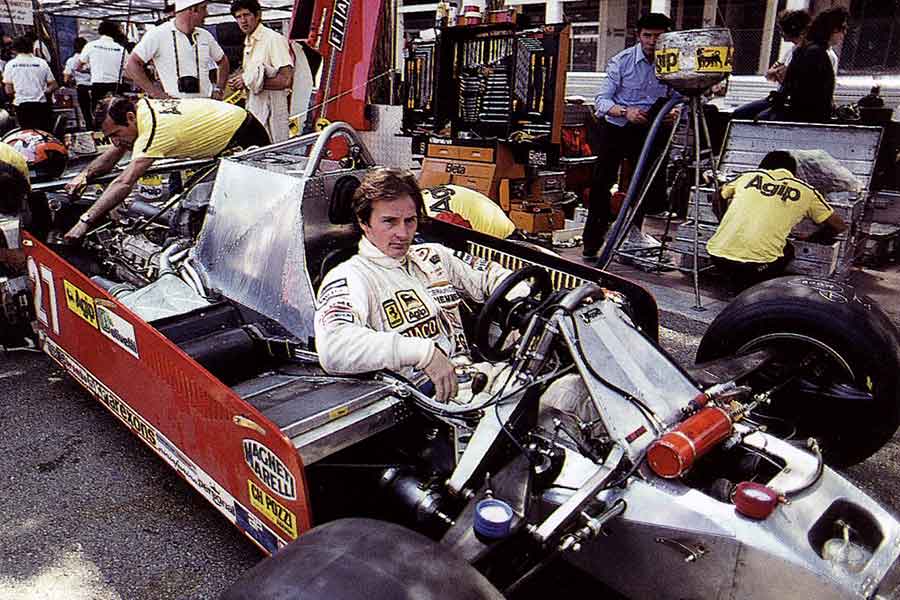
Gilles Villeneuve was killed in the crash driving a Ferrari 126C
Gilles Villeneuve again had to be the team’s first driver but his results at the start of the season were poor as he retired from the opening two races and was disqualified from the race at Long Beach. The Canadian finished 2nd at Imola before the fatal crash at Spa. That was a big blow for Ferrari and the whole world of racing except Scuderia was strong enough to overcome that tragedy.
Ferrari won 1982 F1 Constructors’ title
Didier Pironi was promoted as a first driver and he did well. He won the Dutch Grand Prix and had other four podiums. The Frenchman was the title contender that year but a terrible accident in the German Grand Prix forced Pironi to end his career. Patrick Tambay, who arrived at Ferrari after Villeneuve’s death, was a good replacement as he scored a victory in the British Grand Prix. He also had other two podiums while Mario Andretti, who raced in the last two rounds, also had one podium.
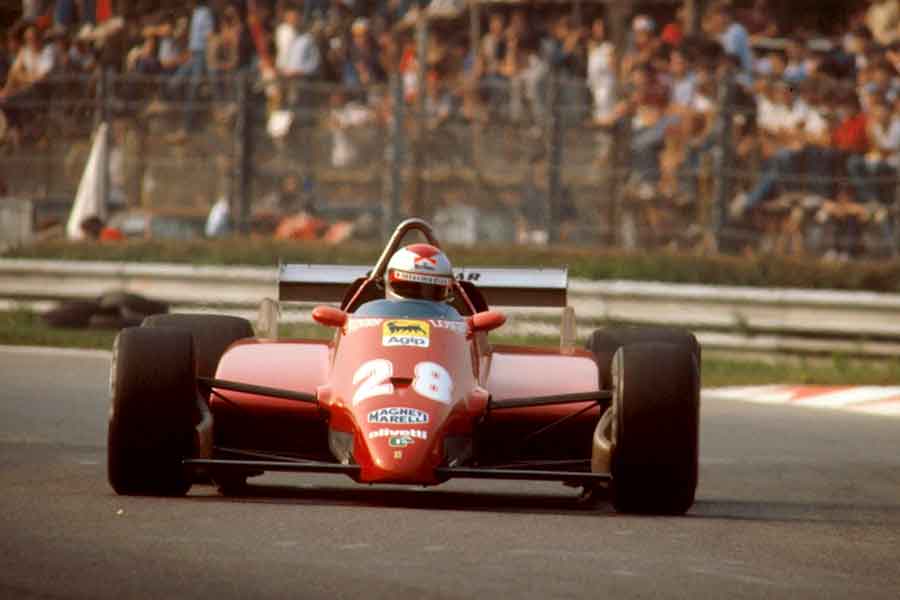
Mario Andretti in Ferrari 126C2, 1982 Italian Grand Prix at Monza
Despite all the tragedies and bad relations between the drivers, Ferrari won the Constructors’ championship title in 1982, beating McLaren by five points. The Ferrari 126 C2 proved to be really good. Over the years the car underwent more aerodynamic developments, the gearbox was also developed as well as the suspension, while the engine’s power was boosted to 600 bhp in races.
Another triumphant season
Before the 1983 Formula 1 season, mandatory flat bottoms for the cars were introduced to reduce the ground effect. Postlethwaite designed a new rear wing which turned back around 50% of the lost downforce. The engine’s power again was boosted to over 650 bhp in races and Ferrari was well prepared for the new season with slightly modified 126C2B chassis used in the first half of the season and 126C3 used in the second half.
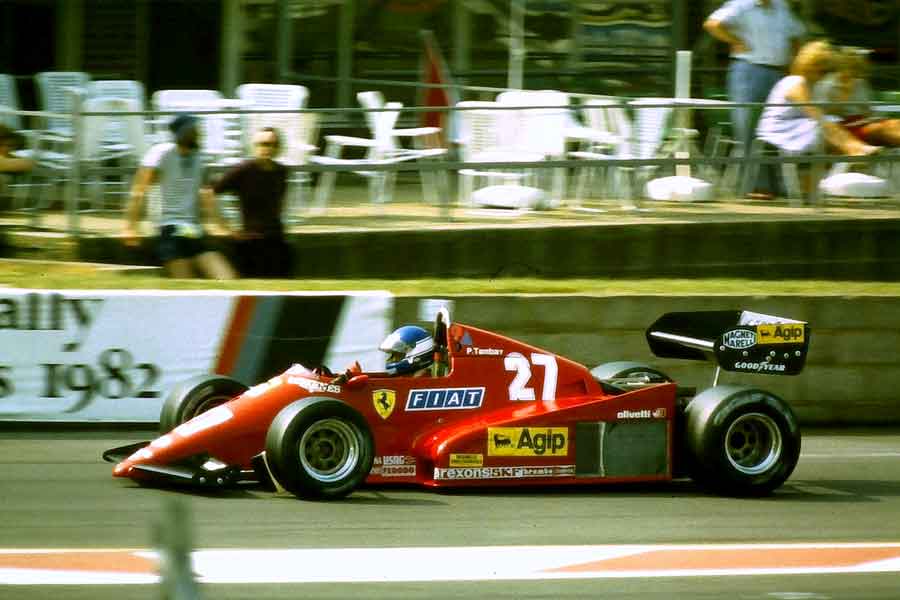
Patrick Tambay in Ferrari 126C3, 1983
Ferrari had a car that was built to be successful but it didn’t have spectacular drivers. Rene Arnoux and Patrick Tambay were good but they have never been among the best drivers. However, as a team, they were good enough to bring the second consecutive Constructors’ title to Scuderia. Arnoux scored three wins and other four podiums before finishing 3rd in the Drivers’ championship, while Tambay had one victory and four podiums on his account.
The 1984 Formula 1 season was the last for Ferrari 126C
The new 126C4 chassis was introduced for the 1984 campaign. Ferrari wanted the third consecutive title but despite good engine, the lacked grip produced little downforce compared to the rivals. Another problem was the big fuel consumption. That year cars were restricted to only 220 liters per race and that’s why Arnoux and Michele Alboreto had to drive slower than possible.
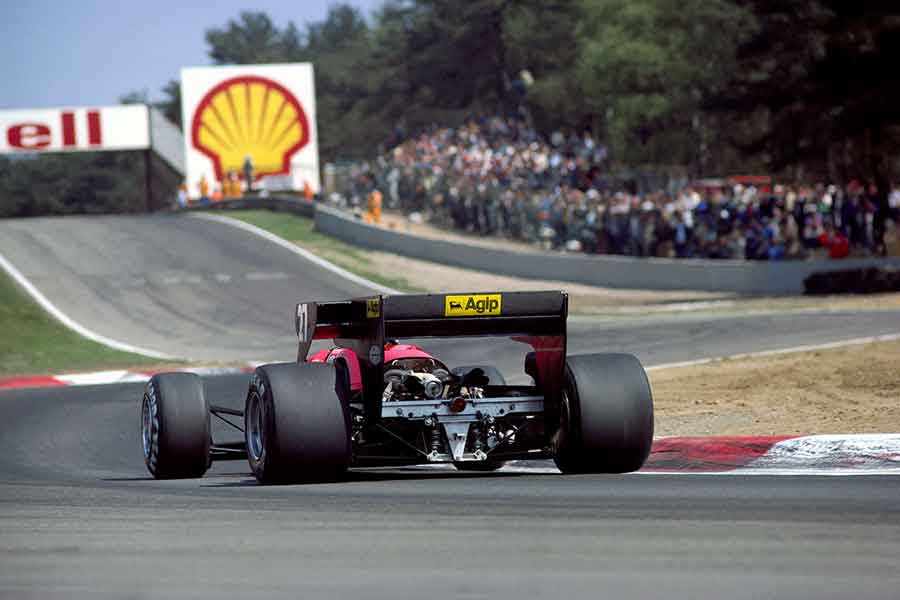
Michele Alboreto in Ferrari 126C4, 1984 Belgian Grand Prix
However, the last race for the 126C series cars wasn’t bad. Ferrari finished second in the Constructors’ championship, almost 90 points behind McLaren. The only win of the season was Alboreto’s triumph at Spa, but the Italian driver had too many retirements. He finished 4th in the Drivers’ championship, while the Frenchman took the 6th place.
What the numbers say?
During four years, Ferrari 126C series cars entered a total of 62 races, scoring 10 wins, 34 podiums, 10 pole positions, and 10 fastest laps. It wasn’t probably the fastest and most reliable formula on the grid but it was still able to take two championship trophies. Nevertheless, it’s a shame that Ferrari didn’t have a driver who would have taken the throne.
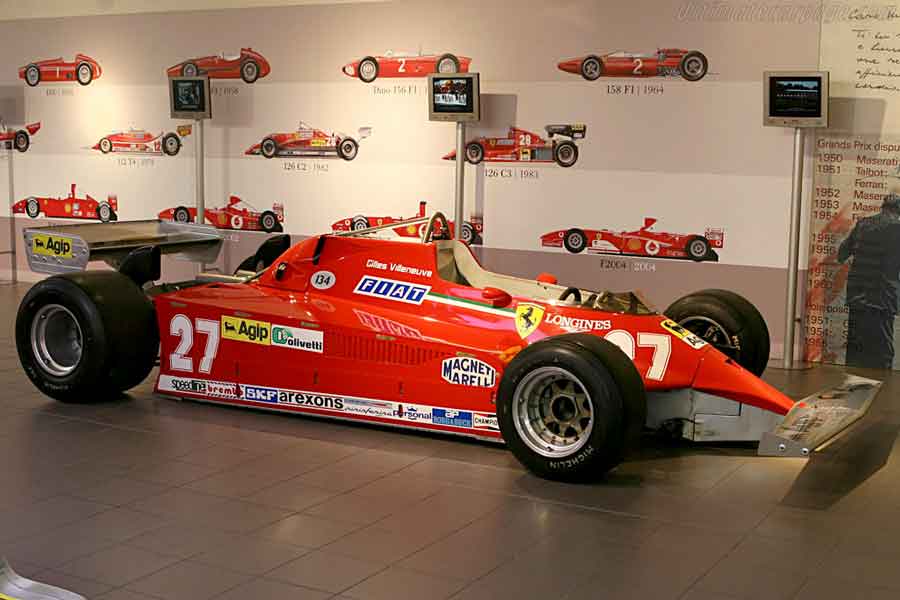
Ferrari 126CK
Ferrari 126C technical specifications
Length: 4.468 mm
Width: 2.110 mm
Height: 1.025 mm
Weight: 619 kg
Chassis: composite body on aluminum monocoque chassis
Front suspension: double wishbones, upper rocker arms, lower wishbone, inboard spring damper units
Rear suspension: upper arm, lower wishbone, single central radius arm
Steering: rack and pinion
Engine: Ferrari 021 / 031, 1496 cc, 1.5 l V6 Turbo mid-longitudinally mounted at 120 degrees
Power: 540 bhp, 403 KW at 11.500 rpm
Transmission: 6-speed longitudinal or transverse Ferrari manual gearbox
Brakes: Brembo ventilated discs, all-round
Fuel: Agip
Tires: Goodyear
Video – Ferrari 126C2 F1
Photo: mclarenf-1.com wall.alphacoders.com wheelsage.org advrider.com formula1.com allracingcars.com ultimatecarpage.com


